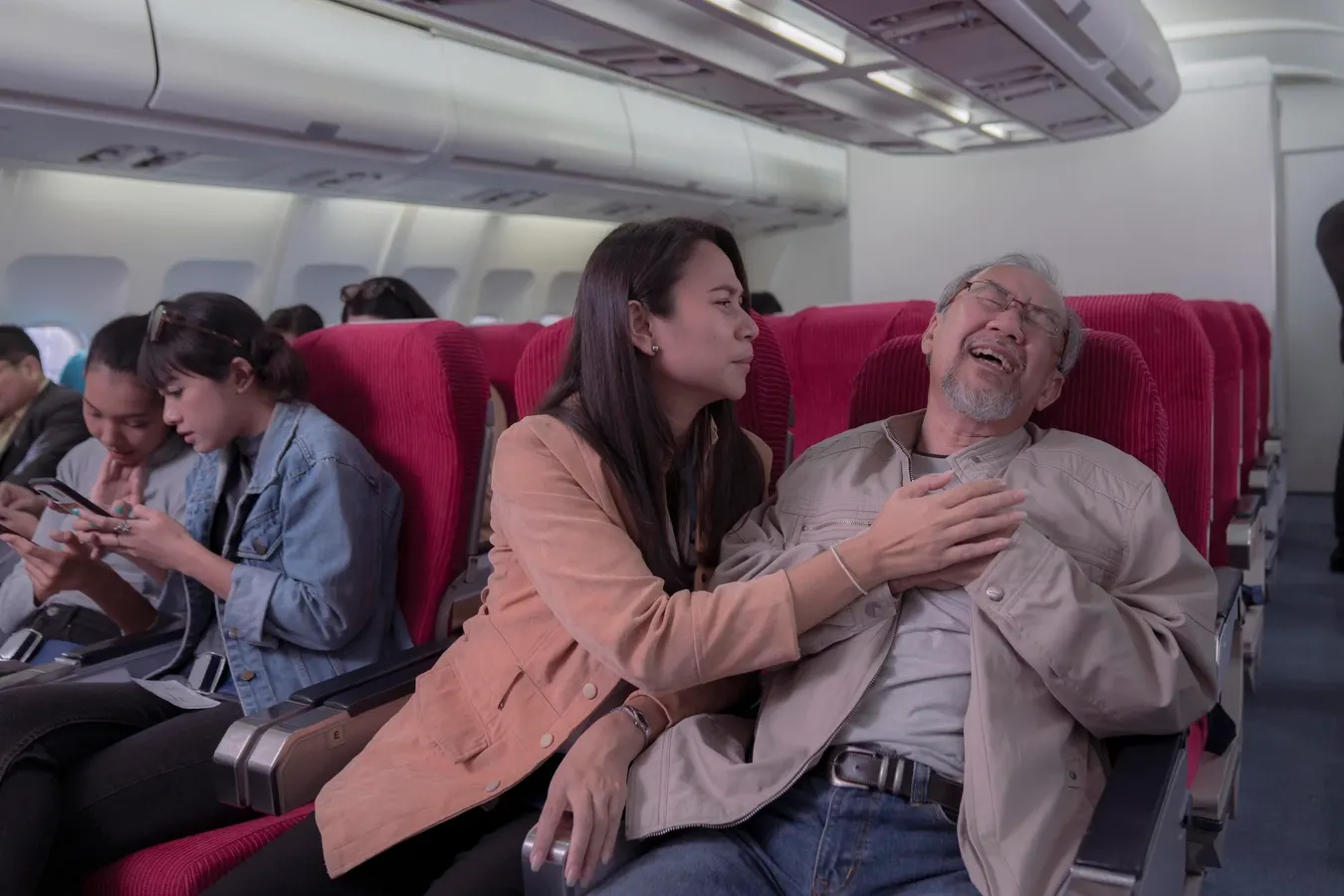Copyright forbes

A few years ago, I was half-asleep on a red-eye flight from Hawaii to San Francisco when I heard the dreaded words, “Is there a doctor on board? Please come to the front of the plane!” After taking a moment to compose myself, I got out of my seat and made my way to the front of the airplane. A heavy-set man in his mid-40s was having difficulty breathing. Besides myself (a radiologist), three other health professionals showed up: An ICU nurse, an obstetrics nurse, and a newly graduated doctor literally a week out of medical school about to start her internship. Airplane passenger having chest pain. So how often does something like this happen? (We will return to the rest of my story later.) A recent paper by Dr. Paulo Alves and colleagues looked into this question. Based on their review of more than 77,000 medical events on commercial flights on 84 airlines between January 1, 2022, and December 31, 2023, they found the following: * In-flight medical events occurred in 1 out of 212 flights. * Most of the time, the flight did not need to be diverted for an emergency landing. Only 1.7% of medical events required an unscheduled diversion to a closer airport. * Most of the diversions were for patients with suspected stroke or acute cardiac emergency (e.g., heart attack). * The overwhelming majority of patient did ok. Only 0.4% of patients required CPR (293 out of 77,790). Only 0.4% of patients died during the flight or shortly after landing (312 out of 77,790). MORE FOR YOU * The most frequently administered treatment was oxygen. Other frequently used treatments from the medical kit included non-narcotic pain relievers and anti-nausea medications. * The captain has the final decision whether to divert a flight. He or she will definitely consider the recommendation on the on-board physician, but the captain must also consider issues such as weather, fuel status, and overall safety of the entire airplane. So, what lessons should patients and doctors take from this article on in-flight medical events? For patients: * You will probably be ok. * The flight crew can easily connect the volunteer medical helpers via radio with emergency physicians on the ground. If the in-flight doctor is, say, a radiologist or a dermatologist, they can get real-time assistance from a true ER physician. * If you have a health condition where your breathing status may become impaired, consider bringing your own oxygen on board. The cabin air pressure is typically kept at a level equivalent to 6,000-8,000 feet above sea level, so the amount of oxygen you inhale may be less than you normally experience at home. Think of flying on an airplane as comparable to suddenly travelling to Aspen, Colorado for a few hours, and prepare accordingly. If you are the physician responding to the call for help: * Feel free to ask for assistance/advice from the ground-based physicians. * If you are worried about legal liability, know that “Good Samaritan” laws should protect you as long as you do your conscientious best to deliver good care in a tricky situation. * Give oxygen if you suspect respiratory difficulties. Give food or drink with sugar if the patient might be suffering from low blood sugar. For fellow physicians, I also highly recommend this classic review article from the New England Journal Of Medicine, “In-Flight Medical Emergencies during Commercial Travel.” This article is aimed at physicians who don’t normally deal with emergencies, but might be asked to handle one mid-flight. (I keep a printed copy in my carry-on luggage whenever I fly.) In our case, the passenger was uncomfortable but still conscious and able to answer basic questions about his symptoms, his relevant health history, and current medications. We helped him lie as flat as possible in the cramped space of the airplane, then used the airline medical kit to check his pulse, breathing, oxygen level, and blood pressure. Those were all normal. The flight crew hooked him up with emergency oxygen, and he started to feel a little bit better. We also gave him some juice to drink and some light snacks to nibble on. Because we were flying over the Pacific Ocean, there was no place to divert the plane closer than our destination of San Francisco. We made him as comfortable as possible for the duration of the flight (approximately two hours), and he remained stable. Once we landed at SFO, paramedics took him immediately to a nearby hospital for further evaluation. I don’t know what happened to him after that, but the paramedics’ best guess was that he would be ok. In-flight medical emergencies are thankfully rare. But with billions of passengers travelling by air each year, the incidence will not be zero. Patients and physicians can take a few simple steps to optimize everyone’s chances of a good outcome. Editorial StandardsReprints & Permissions



